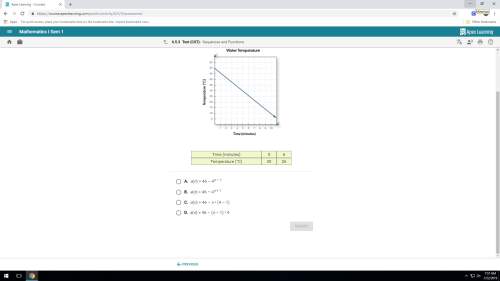
Mathematics, 14.11.2019 22:31 ruslffdr
Which of the following combinations results in the greatest decrease in sample size in an attribute sample for a test of controls?
a. decrease in desired confidence level, increase in tolerable deviation rate, and decrease in expected pouplation devation rate.
b. decrease in desired confidence level, increase in tolerable deviation rate, and increase in expected pouplation devation rate.
c. decrease in desired confidence level, decrease in tolerable deviation rate, and increase in expected pouplation devation rate.
d. increase in desired confidence level, increase in tolerable deviation rate, and decrease in expected pouplation devation rate.

Answers: 1


Other questions on the subject: Mathematics

Mathematics, 21.06.2019 19:30, sofiisabella10
If you can solve all of these i will give ! - 4% of 190 - 4% of 162.5 - 4% of 140 - a 4% increase from 155.1 - a 4% increase from 159.8
Answers: 2

Mathematics, 21.06.2019 20:10, jackfrost5
The population of a small rural town in the year 2006 was 2,459. the population can be modeled by the function below, where f(x residents and t is the number of years elapsed since 2006. f(t) = 2,459(0.92)
Answers: 1

You know the right answer?
Which of the following combinations results in the greatest decrease in sample size in an attribute...
Questions in other subjects:


Computers and Technology, 25.08.2019 17:00

Mathematics, 25.08.2019 17:00


Mathematics, 25.08.2019 17:00


Mathematics, 25.08.2019 17:00






